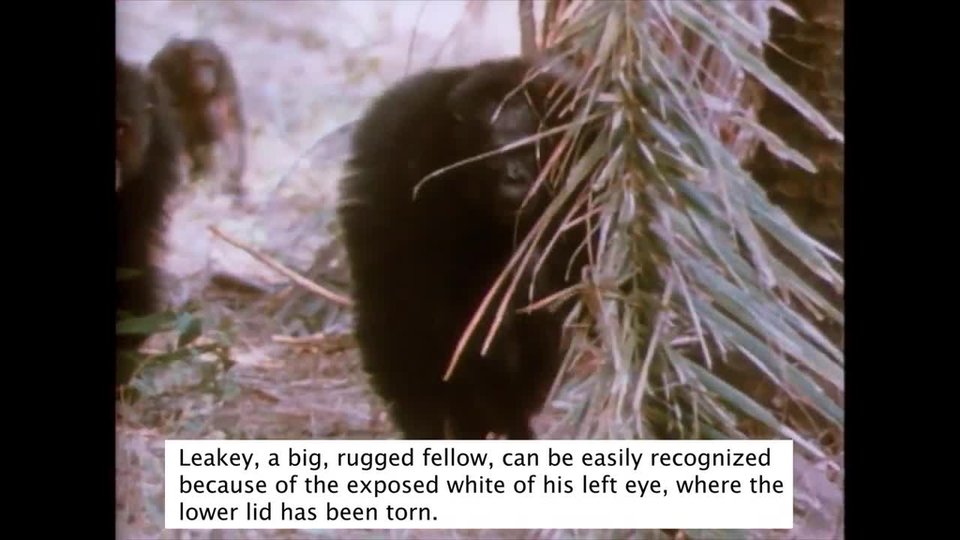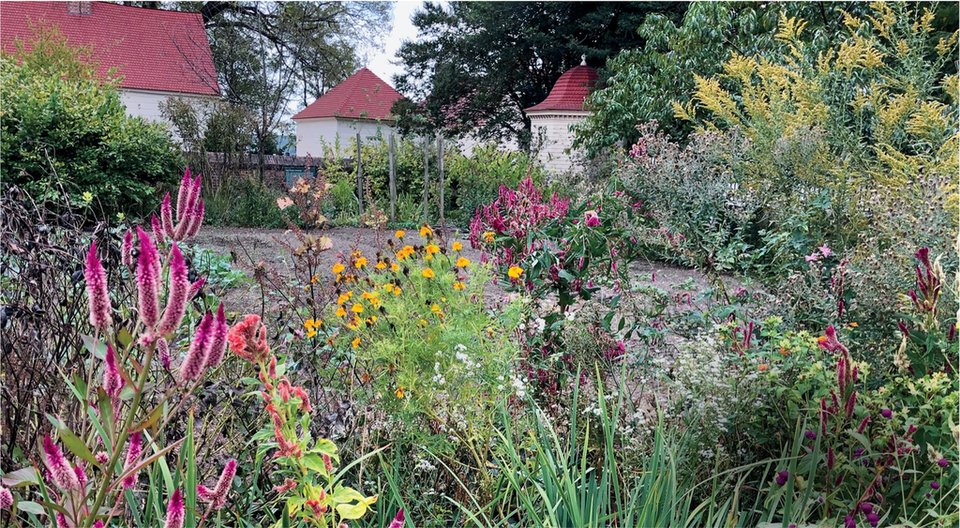
flowersinGeorgeWashington's garden
It’ssummer.I’mstandinginGeorgeWashington’sgarden.Idon’tthinkhe’dmind.He’sbeendeadformorethan220years!Butthegardenisstillhere.It’sonhisestate,MountVernon,inVirginia.Thegardentodayisalotliketheoneourfirstpresidentenjoyed.Howdidresearchersfindoutwhatto plant?
Theylearnedaboutthepastbystudyingprimarysources. That’ssomethingthatwascreatedatthetimetheyarestudying.Theyalsoturnedto artifacts likejournalsorfarmingtools.Naturecanalsobeusedasaprimary source.
TheGeneral’sGarden
Writingcantellusalotaboutthepast,butnoteverything.InthecaseofMountVernon,therearefewwrittenrecords.Washingtonkeptsomenotes.Weknowthattherewerefourmaingardensonthe grounds.

Washingtonaddedrowsofvegetablestoeachplanting bed.

Boxwoodswerecutintofancy shapes.
Theuppergardenwasfilledwithflowers,bushes,andexotictrees.ThisformalgardenprovidedaspaceforWashingtontoentertain guests.
Fruitsandvegetablesgrewinthelowergarden.Thisgardenwasjustfor food.
Washingtonusedanothersmallgardenasalaboratory.HetesteddifferentplantstoseeiftheycouldgrowwellinVirginia’s soil.
Lastly,Washingtonhadafruitgardenandnursery.Hewantedtohaveavineyard.Butgrapesdidnotgrowwellonhis land.
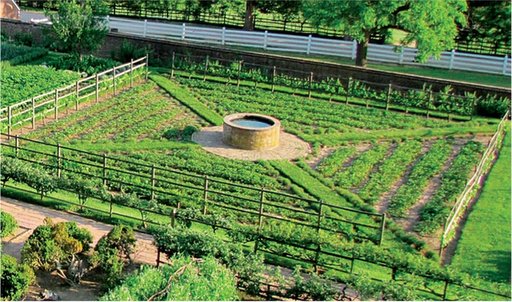
ThelowergardenwasusedtogrowfoodforMount Vernon.
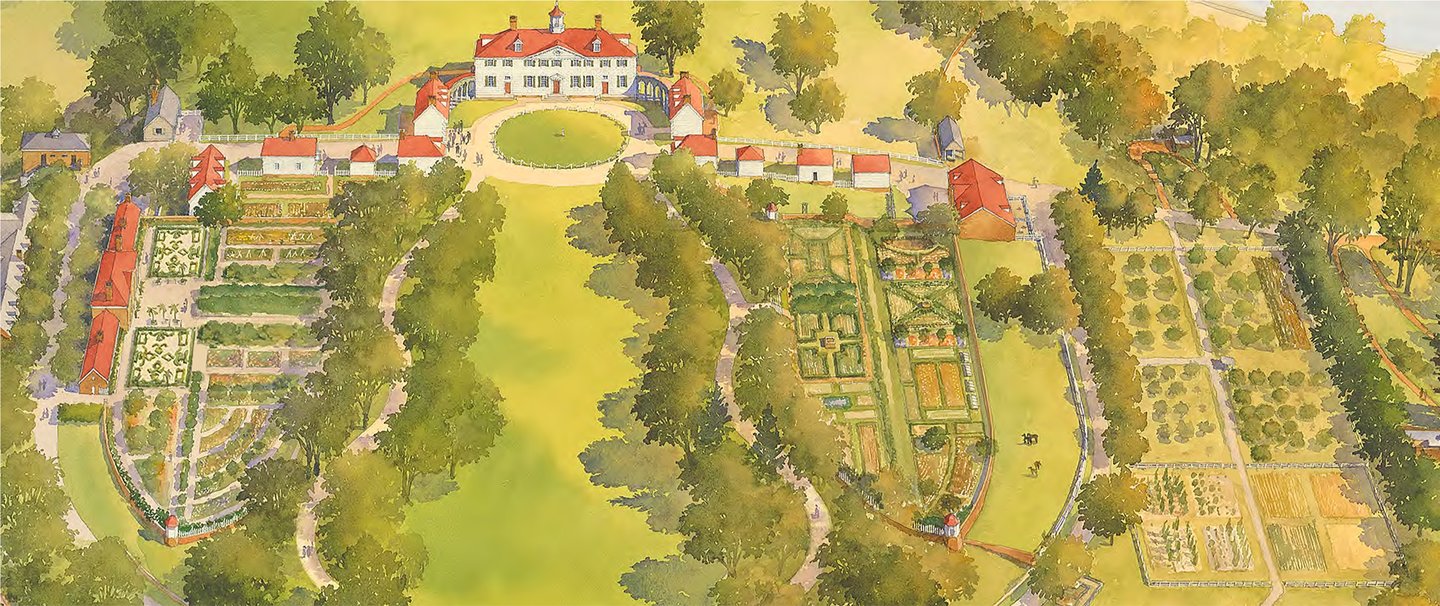
UPPER
GARDEN
LABORATORY
GARDEN
LOWER
GARDEN
FRUITGARDENAND NURSERY
mapofMount Vernon
TendingtheGarden
Washingtondidnottendtothesegardensalone.Enslavedpeopleworkedthelandforhim.Theywereabletoreadandwrite.Sotheyalsokeptlistsandmadedrawingsofwhatwas planted.
Researcherstodaycheckedthewrittensources.Theycheckedothersources,too.Theylookedatthe soil.
AtMountVernon,scientistscananalyzesoiltolearnaboutitsfertility.ThiscantellwhycertainkindsofcropsgrewatMountVernon.ItcanalsogivecluesaboutWashington’sfarmingpractices.Researcherswantedtoknow more!
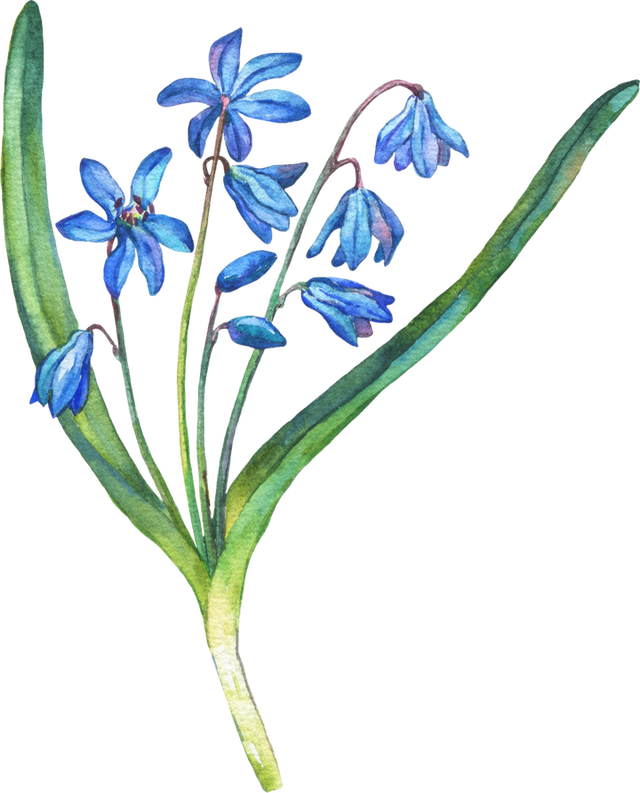
adrawingofalpinesquill wildflowers
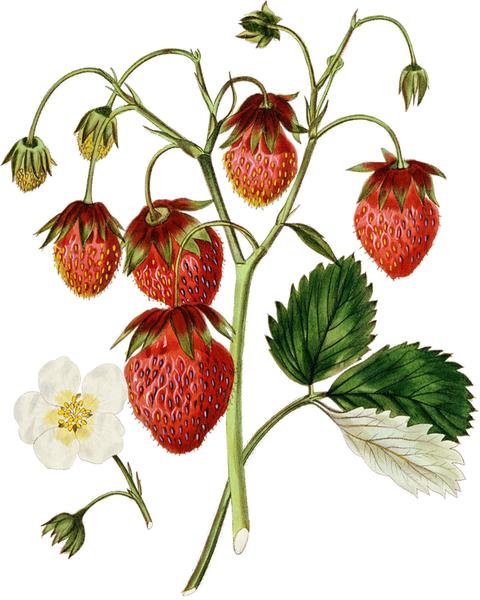
Inaletterfrom1798,afriendsentWashingtonafewscarletalpinestrawberry seeds.
Thegardenwasregrownin1985,butitwasnotlikeWashington’sgarden.Theteamwantedtomakethegardenlookliketheoriginal.TheylookedataseriesofplansdrawnbyaplanternamedSamuelVaughan.HevisitedMountVernonin 1787.
